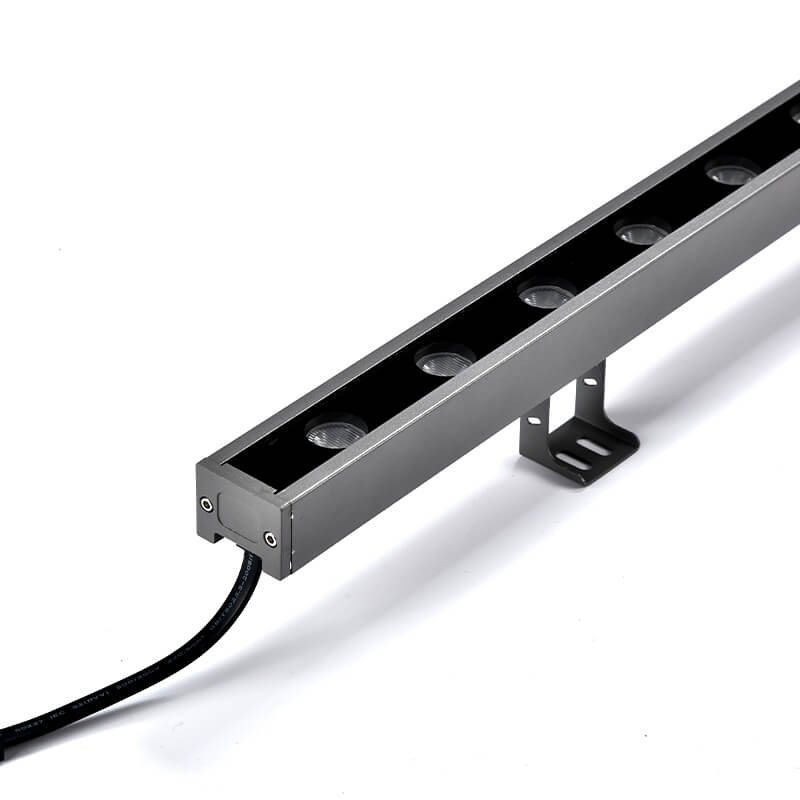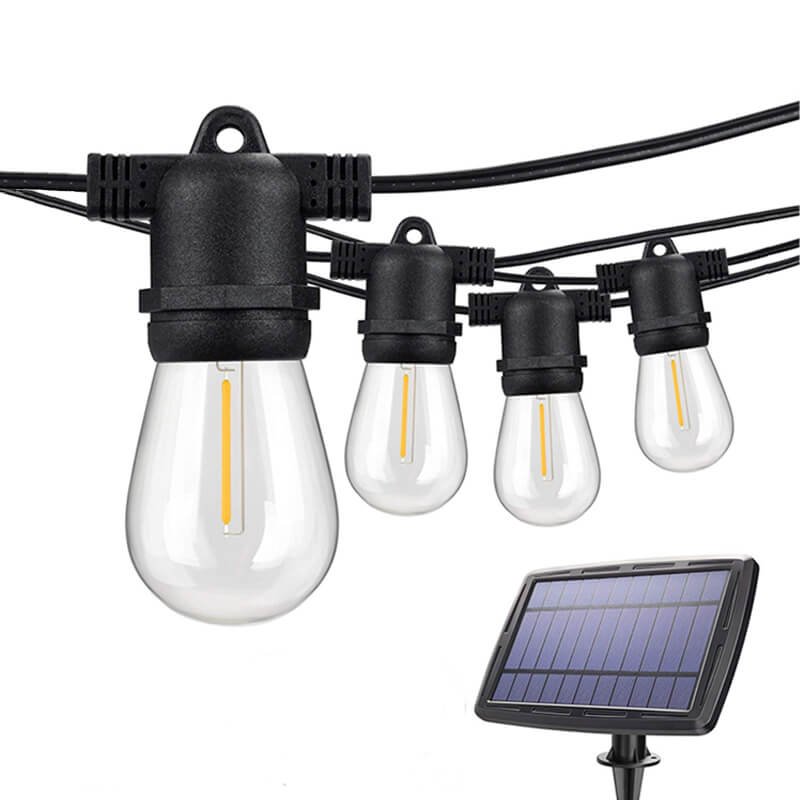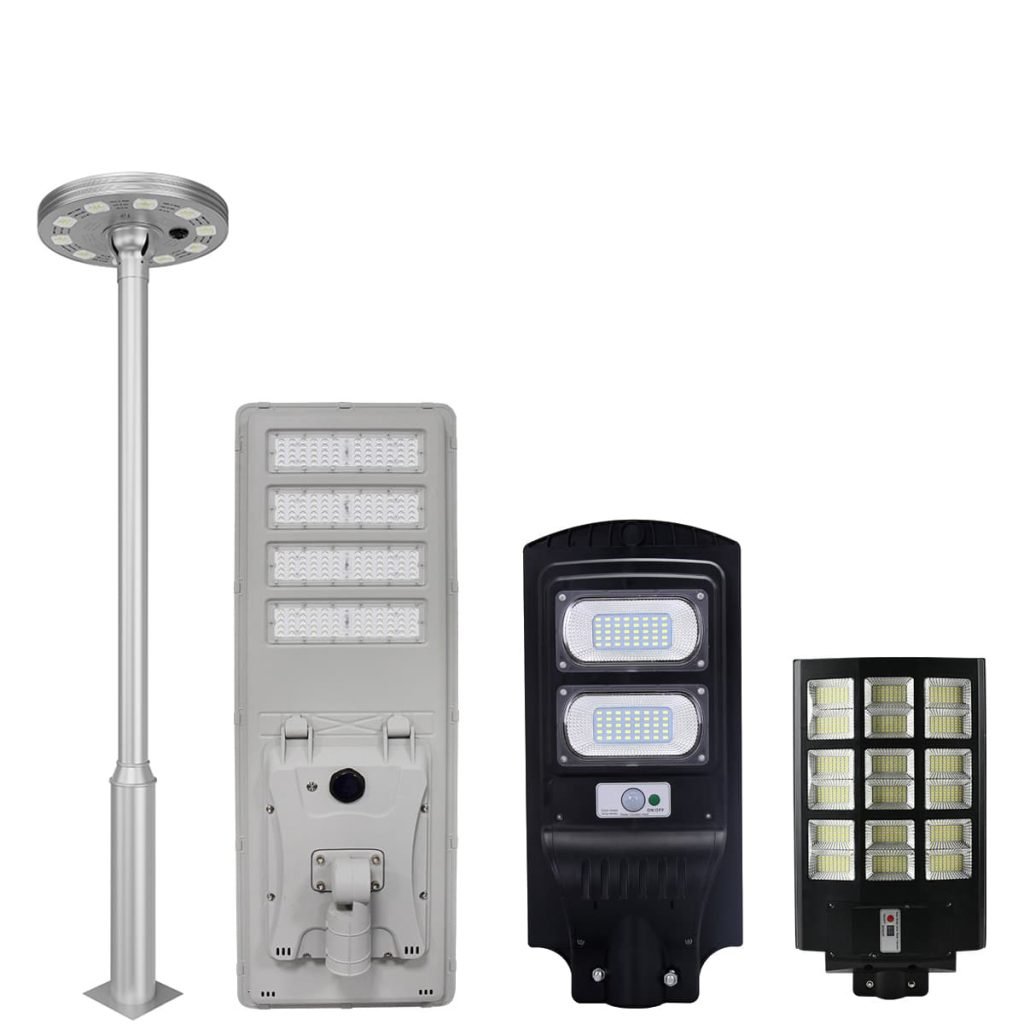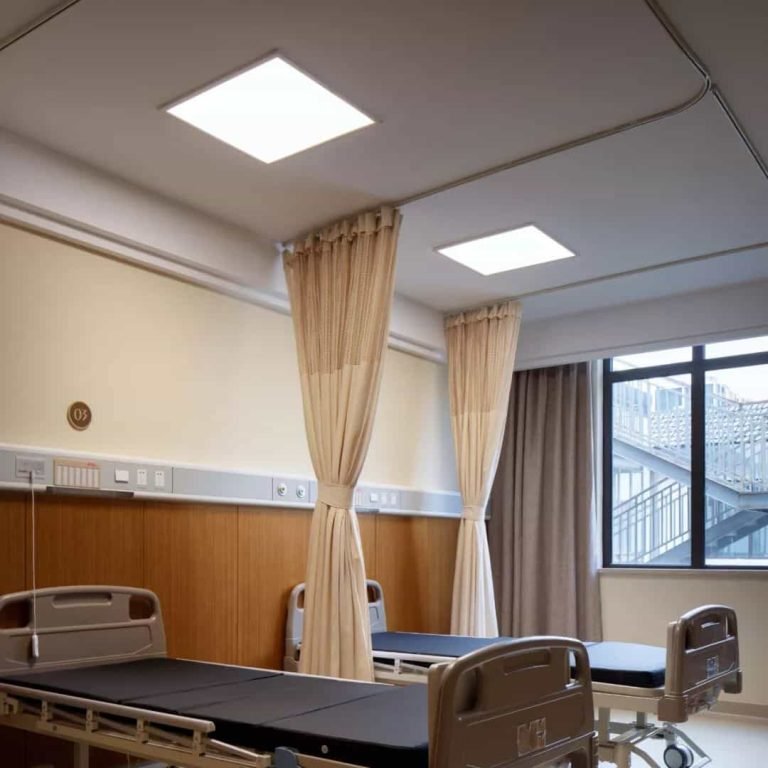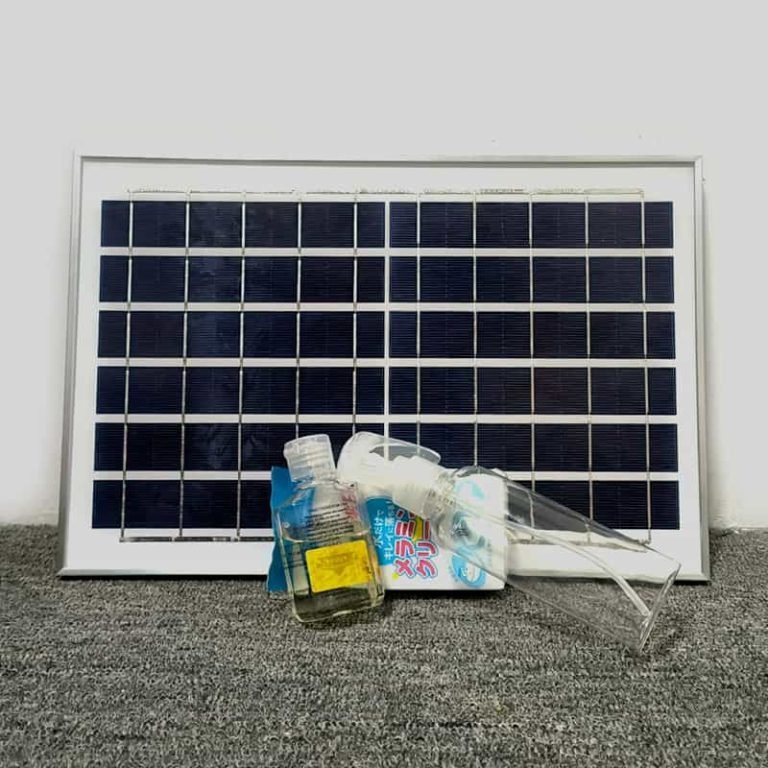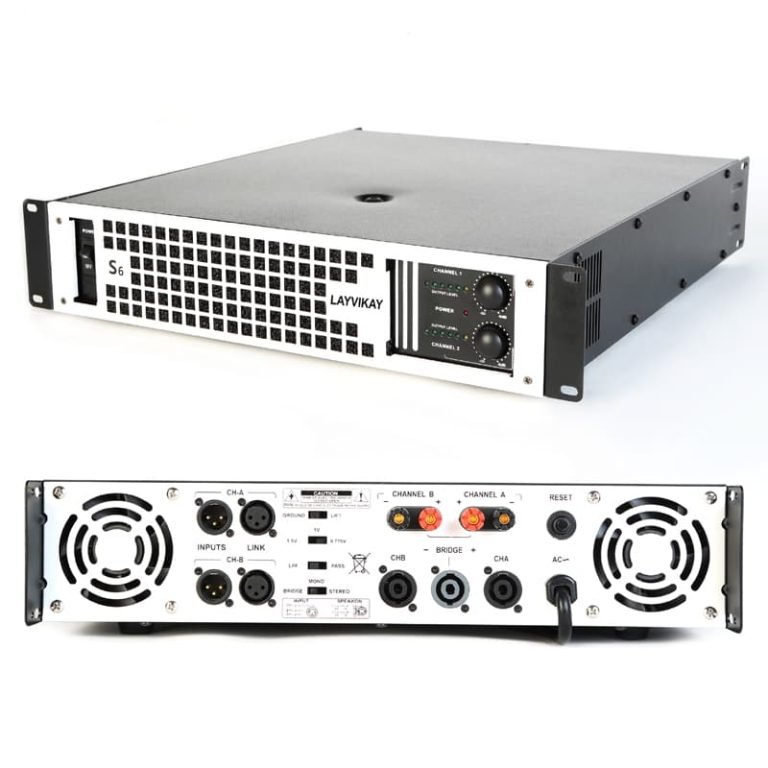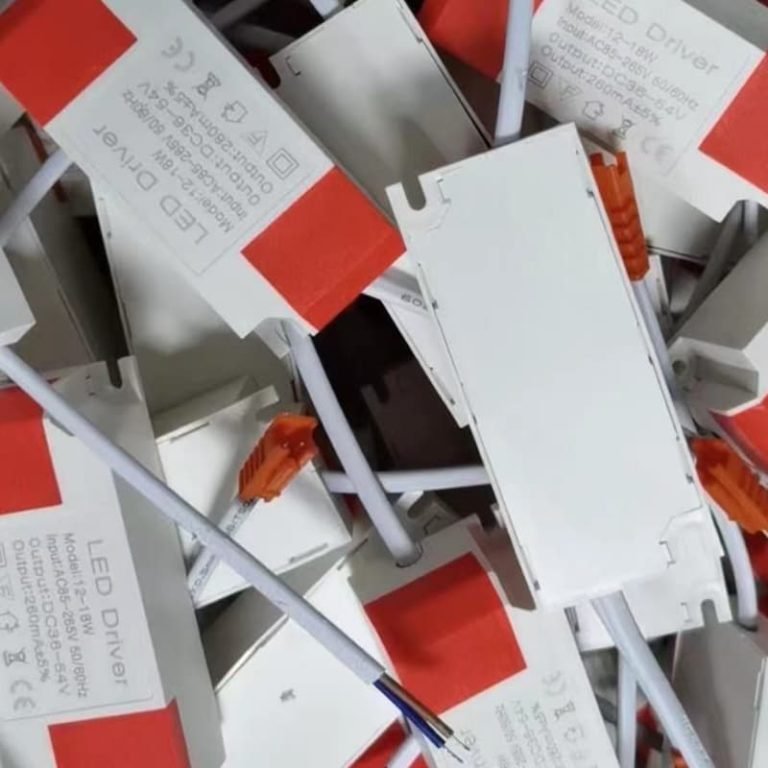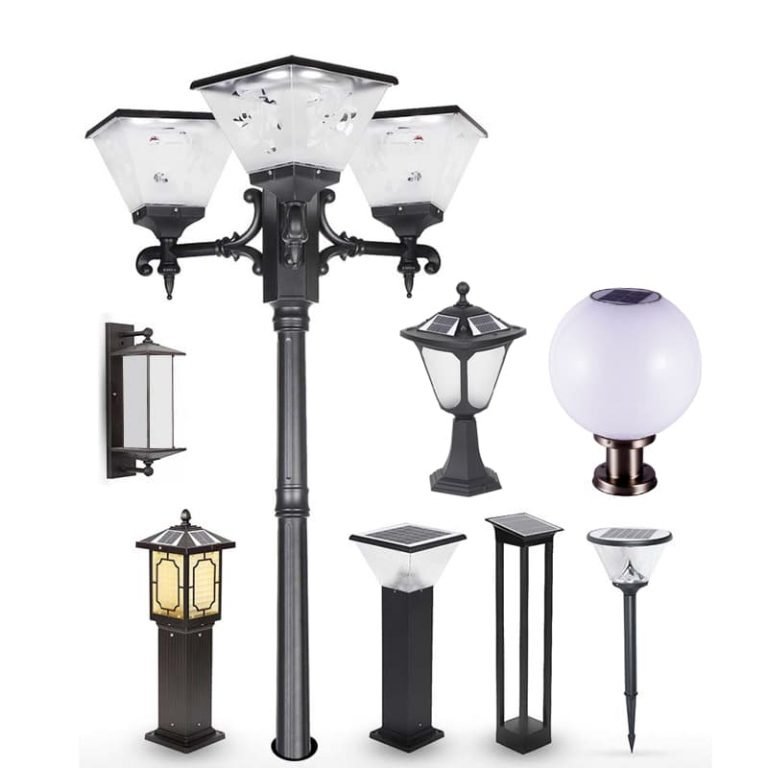Why Are My Solar Lights Not Very Bright?
Solar lights have become a popular and eco-friendly option for outdoor lighting, offering a convenient and cost-effective way to illuminate pathways, gardens, and other outdoor areas.
However, you may have noticed that your light such as solar flood light is not as bright as you expected them to be.
In this article, we will explore the various factors that can affect the brightness of solar lights and provide insights into how to troubleshoot and improve their performance.
By understanding the underlying mechanisms and implementing proper maintenance techniques, you can optimize the brightness of your solar lights and ensure they effectively illuminate your outdoor spaces.
1. Factors Affecting Solar Light Brightness
Solar lights are a fantastic alternative to traditional electricity-powered lighting options. Solar street lights,for example,they not only save energy, but they also bring a warm and inviting glow to your garden or patio without the hassle of wires or plugs.
However, why do some solar lights become less bright after a while?
1.1. Solar Panel Efficiency and Maintenance
One primary factor is the efficiency of the solar panel. If the panel is not capturing enough sunlight, it won’t be able to store sufficient energy to power the LED bulb. So, make sure your solar panels are in good working condition and positioned to receive as much sunlight as possible.
1.1.1 Importance of Clean Solar Panels
Solar panels require regular cleaning to maintain their efficiency. Dust, dirt, and even bird droppings can reduce the amount of sunlight reaching the panels, diminishing their ability to charge the battery adequately. So, grab a cloth and wipe those panels clean!
How to clean your solar panels? Please visit our article How to Clean Solar Panels of Your Outdoor Lamps
1.1.2 Checking for Partial Shading
Partial shading from trees or nearby buildings can cast a dark cloud over your solar panel’s performance. Find the optimal placement for your all in one solar street lights, ensuring uninterrupted sunlight throughout the day for maximum brightness.
1.1.3 Optimizing Panel Tilt and Orientation
To further boost your solar panel’s efficiency, adjust their tilt and orientation. In the Northern Hemisphere, tilt the panels towards the south to catch the most sunlight. In the Southern Hemisphere, do the opposite. It’s like giving your solar lights a sunbath to soak up all that glorious energy.
1.2. Battery Performance and Capacity
1.2.1 Proper Battery Capacity
Supposing your solar light power is 10 Wattage, and 3 nights can work continuously, set the working status as follows:
3 hours in full brightness+3 hours in half brightness+6 hours in slight brightness(2W power consumption);
So a total of (3 H x 10 W+3 H x 5 W+6 H x 2 W) x 3 nights=171 WH to be consumed.
If using 3.2 V Li-FePO4 battery, then 53.4 AH is required (171 WH /3.2 V=53.4 AH).
You can compare the capacity of the batteries you buy to see if they match based on this simple to calculate formula.
For more on batteries, please refer to: Some Basic Elements of 18650 Battery
1.2.2 Maintaining Battery Health
In order to extend the life of solar light batteries, the batteries need to have overcharge or over-discharge protection. Without these protections, the battery’s rechargeable capacity will decay at an accelerated rate, thus affecting the operating time and brightness of the solar lamp.
For more knowledge on batteries, please refer to:
Why Solar Light Batteries Need Overcharge and Over-discharge Protection
1.3. LED Bulb Quality and Lifespan
Some of the solar lights such as pillar lights have a DC bulb installed inside which is removable.LED bulbs play a crucial role in determining the brightness of your solar lights. If you find that your solar lights are not very bright, it’s worth considering the quality of the LED bulbs you’re using.
Not all LED bulbs are of high quality, and it is difficult for non-experts to judge the quality from their appearance.
The technology of LED beads is now so mature that the probability of poor quality mainly occurs in the driver. Therefore, it is recommended to use some well-known brands of lights, such as Philips, Osram, GE, TOSHIBA, Panasonic,LayviKay,etc.
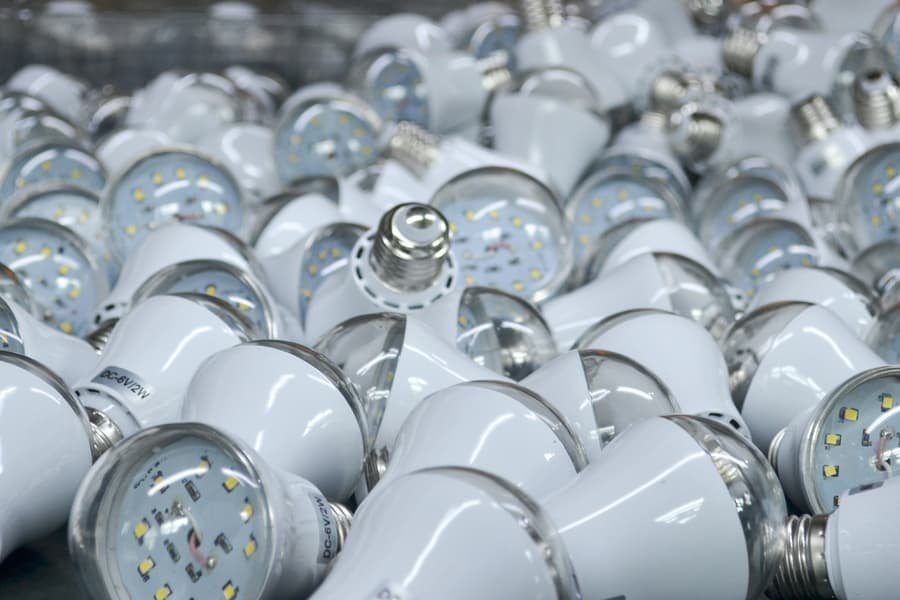
2. Proper Placement and Sunlight Exposure
Whether integrated solar wall lights or split solar road lights, the location of the solar panel and the amount of sunlight they receive directly affects their brightness. Here are some tips for maximizing their effectiveness:
2.1 Maximizing Sunlight Exposure
Ensure that your solar panels are placed in areas where they can receive ample sunlight throughout the day. Clear any obstructions, such as overhanging branches or nearby structures, which may cast shadows and prevent the solar panels from fully charging.
For example, in the picture below, there are so many leaves and branches above the solar panels that most of the sun’s rays will most likely not reach the panels.
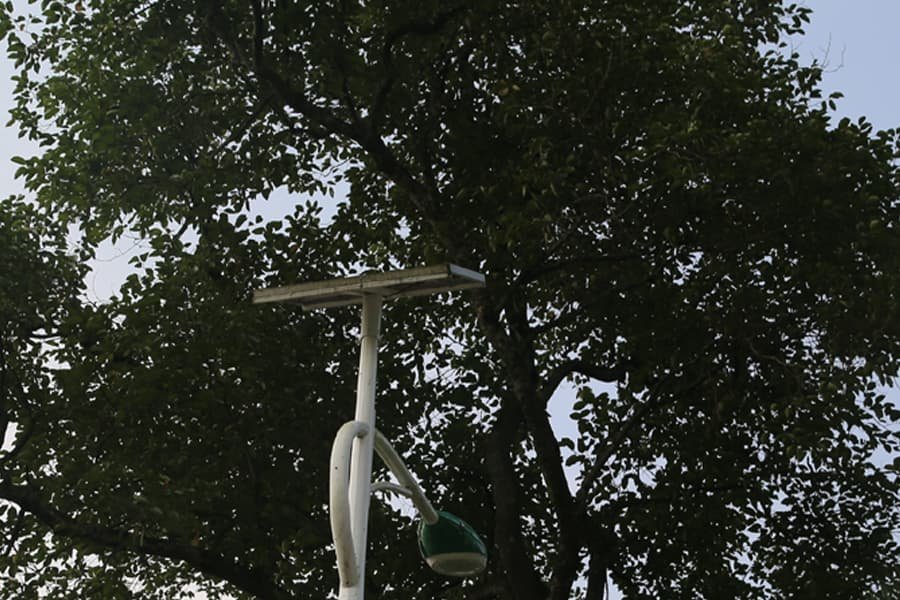
2.2 Optimal Placement for Different Seasons
Consider adjusting the placement of your solar panels to account for the changing position of the sun throughout the year. In summer, when the sun is higher in the sky, you may need to reposition the panels to capture more direct sunlight. Conversely, during winter, when the sun is lower, adjust their placement accordingly to maintain optimal exposure.
3. Troubleshooting Common Issues with Solar Lights
If your solar lights are not as bright as expected, here are some common issues to troubleshoot:
3.1 Dimming or Flickering Lights
Dimming or flickering lights can be caused by a poor connection between the solar panel and the light fixture. Check if the connections are secure and clean. Additionally, it is also possible that there is a problem with the bulb driver
3.2 Inconsistent Light Operation
If the solar light works unstably, solar string light,for example,one moment is very bright, one moment is very dark.It means that the working current is unstable, and it is very likely that there is a problem with the battery or the controller. Check whether the battery power output is normal and whether the function is normal.
3.3 Water or Moisture Damage
Water or moisture damage can affect the performance of your solar light. Make sure the light is adequately sealed and protected from rain or excessive moisture.
Outdoor solar mushroom lights, for example, are waterproof but should not be submerged in water for long periods of time. If you suspect water damage inside the light, dry the fixture thoroughly and replace any damaged parts.

4. Enhancing Solar Light Brightness: Upgrades and Tips
If you’re looking to further enhance the brightness of your solar lights, here are some upgrades and tips to consider:
4.1 Upgrading Solar Panel or Battery Capacity
Consider upgrading to a solar panel with higher wattage or a larger battery capacity. This will allow your solar lights to store more energy and potentially increase their brightness and runtime.
4.2 Using Reflective Surfaces
Strategically place reflective surfaces near your solar panels to optimize their brightness. For example, white stones or light-colored surfaces can help reflect and amplify the light emitted by the solar lights.
4.3 Adding Additional Solar Lights
If you have a large outdoor space or areas where brightness is crucial, consider adding more solar lights such as solar bollard lights. Increasing the number of lights can help distribute light more evenly and create a brighter overall effect.
By considering the quality of LED bulbs, proper placement for optimal sunlight exposure, troubleshooting common issues, and exploring upgrades and tips, you can ensure that your solar lights shine brightly and illuminate your outdoor spaces effectively.
In conclusion, understanding the factors that affect the brightness of solar lights is essential for maximizing their performance. From ensuring the efficiency of solar panels and battery capacity to choosing high-quality LED bulbs and optimizing sunlight exposure, taking the necessary steps can significantly enhance the brightness of your solar lights.
FAQ
1. Why are my solar lights not turning on at night?
There could be several reasons why your solar lights are not turning on at night. First, check if the solar panel is receiving adequate sunlight during the day. If the panel is shaded or dirty, it may not be able to charge the batteries effectively. Additionally, ensure that the batteries are properly installed and have enough capacity to power the lights. If these factors are not the issue, there may be a problem with the wiring or the light sensor, and it is recommended to consult us (Email:sales@layvikay.com)for further assistance.We will reply you any question within 24 hours.
2. Why do my solar lights become dim over time?
Dimming of solar lights can occur due to various reasons. One common cause is deterioration in the efficiency of the solar panel. Over time, dust, dirt, or debris can accumulate on the surface of the panel, reducing its ability to capture sunlight. The batteries used in solar lights also have a lifespan and may need replacement if they become old or worn out. Another factor could be the degradation of LED bulbs, which may lose their brightness over time. Regular maintenance, including cleaning the solar panel and replacing worn-out components, can help restore the brightness of the lights.
3. Can I improve the brightness of my existing solar lights?
Yes, there are several ways to improve the brightness of your existing solar lights. Start by ensuring that the solar panel is clean and receiving adequate sunlight. If needed, adjust the tilt or orientation of the panel to optimize sunlight exposure. Upgrading the battery capacity or replacing old batteries can also enhance the performance of the lights. Additionally, consider replacing dim or faulty LED bulbs with high-quality ones. If these measures do not yield satisfactory results, you may explore adding additional solar lights or using reflective surfaces to amplify the lighting effect.

